
For sheer heart-stopping excitement, nothing quite compares with driving up Northern California’s photogenic, cliff-hugging Highway 1, with its dramatic vistas over the Pacific Ocean. This landscape of wave-soaked beaches and rugged, precipitous promontories rivals the best of the Hawaiian islands.
Yet turn inland and the scenery is just as spectacular. Mist-saturated forests run the entire length of the coast (800km from Big Sur to the Oregon border), and are awash with monumental redwood trees.
Motor north up Highway 1, turn east onto Highway 128 in Mendocino County and follow it along the Navarro River, and you’ll find hundreds of these magnificent specimens. Redwoods dominate the landscape for miles, a breathtaking sight that compels drivers to stop and stand among giants.
Often referred to as the blue whales of the plant world, coastal redwoods are the tallest living things on the planet, able to exceed more than 100m in height. Equally impressive is their longevity, with many trees reaching their 1,000th birthday. The oldest known redwood is thought to be an eye-popping 2,200 years old.
The tallest individual, a roughly 600-year-old specimen known as Hyperion, is located in Redwood National and State Parks, Humboldt County (a UNESCO World Heritage site). Located on a steep, remote slope, it commands the landscape from a height of nearly 116m.
この記事は BBC Wildlife の October 2021 版に掲載されています。
7 日間の Magzter GOLD 無料トライアルを開始して、何千もの厳選されたプレミアム ストーリー、9,000 以上の雑誌や新聞にアクセスしてください。
すでに購読者です ? サインイン
この記事は BBC Wildlife の October 2021 版に掲載されています。
7 日間の Magzter GOLD 無料トライアルを開始して、何千もの厳選されたプレミアム ストーリー、9,000 以上の雑誌や新聞にアクセスしてください。
すでに購読者です? サインイン

SNAP-CHAT
Justin Gilligan on giant spider crabs and holding hands with an octopus
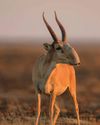
STEPPE CHANGE
Herds of saiga have returned to Kazakhstan, but there's a fine balance to tread
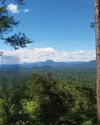
TREES FOR LIFE
Community is at the heart of conservation in the tropical forests of southern Belize
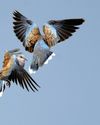
WHEN DOVES CRY
Turtle doves are now the UK's fastest declining bird species, but the RSPB is on a mission to save them

SURVIVAL OF THE CUTEST
We can't help being drawn to cute creatures, but our aesthetic preferences both help and hinder conservation
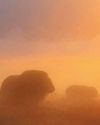
LIGHT ON THE NORTH
Spectacular images of Arctic foxes, reindeer and musk oxen reveal the wild beauty and diversity of Scandinavia
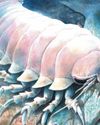
ROLLING IN THE DEEP
The super-sized crustacean that lives in the deepest, darkest ocean
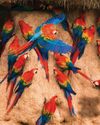
LET'S GET TOGETHER
Clay licks deep in the Amazon explode in a riot of colour, with macaws the stars of the show

FEMALE OF THE SPECIES
To sponge or not to sponge? That is the question for the bottlenose dolphins (Tursiops aduncus) living in Shark Bay, Western Australia.
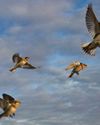
7 nature encounters for the month ahead
WITH NATURALIST AND AUTHOR BEN HOARE